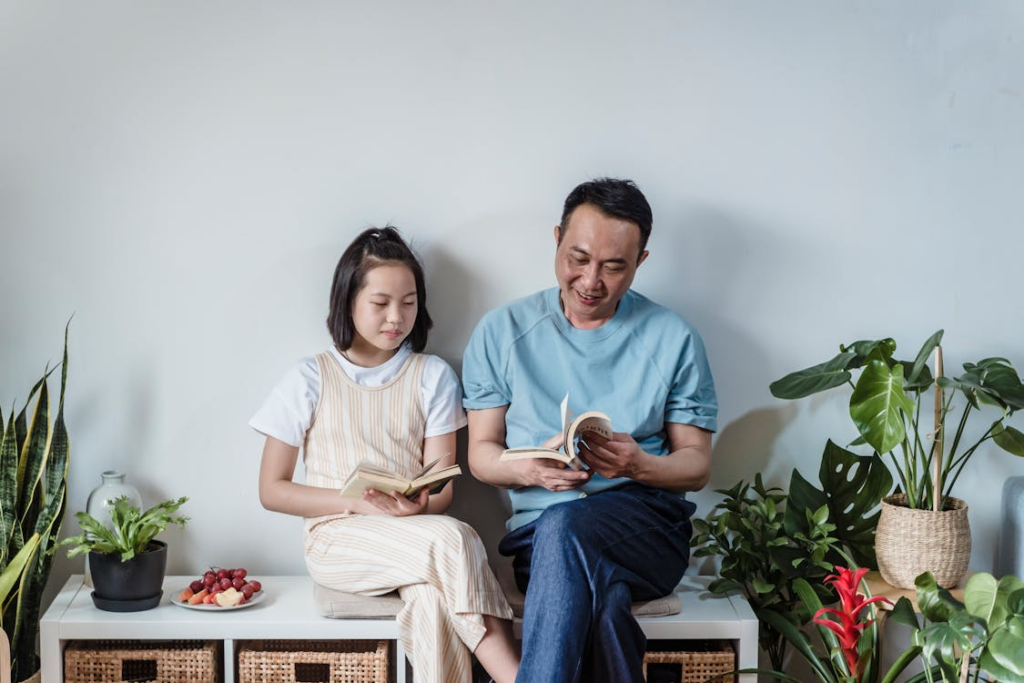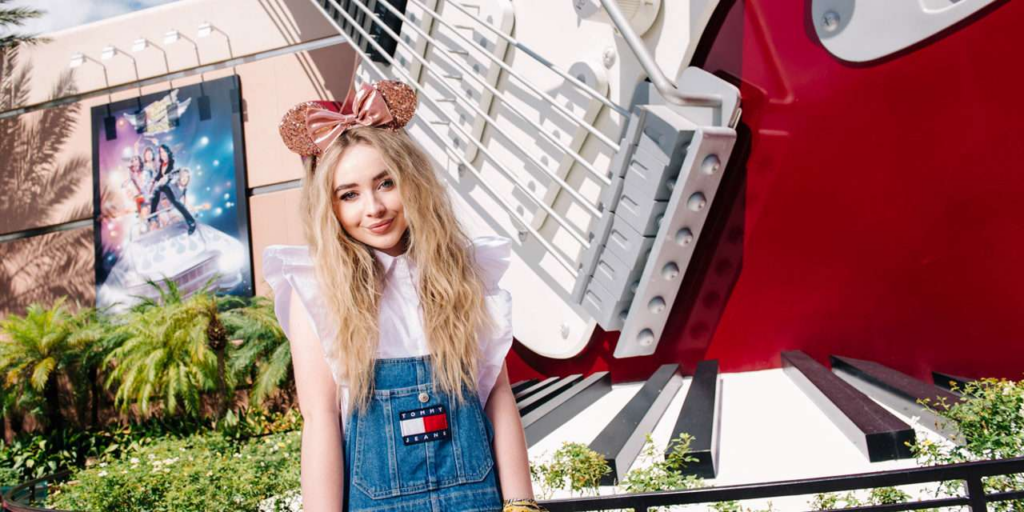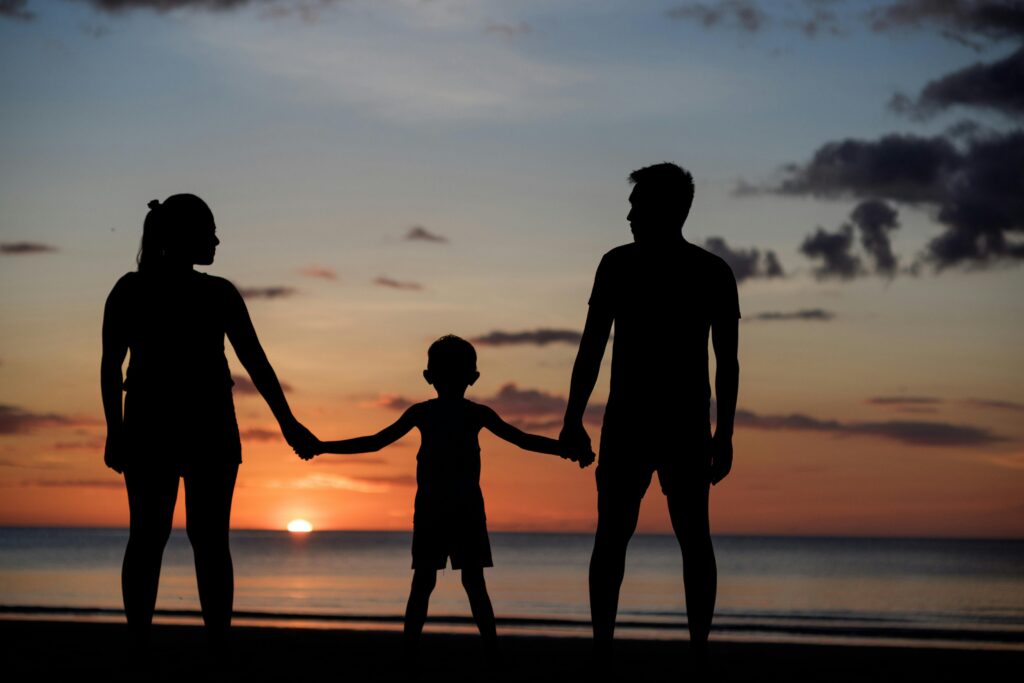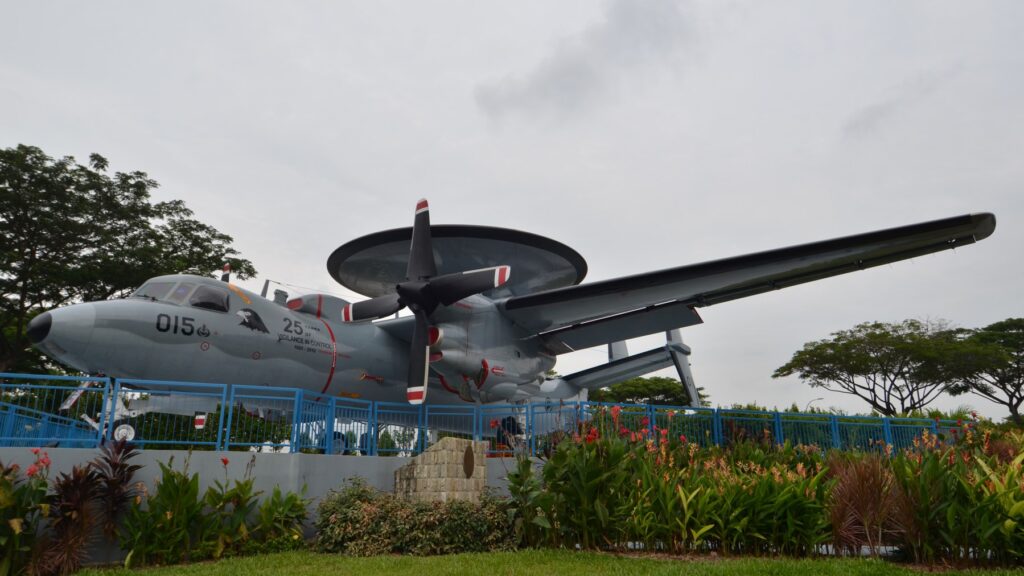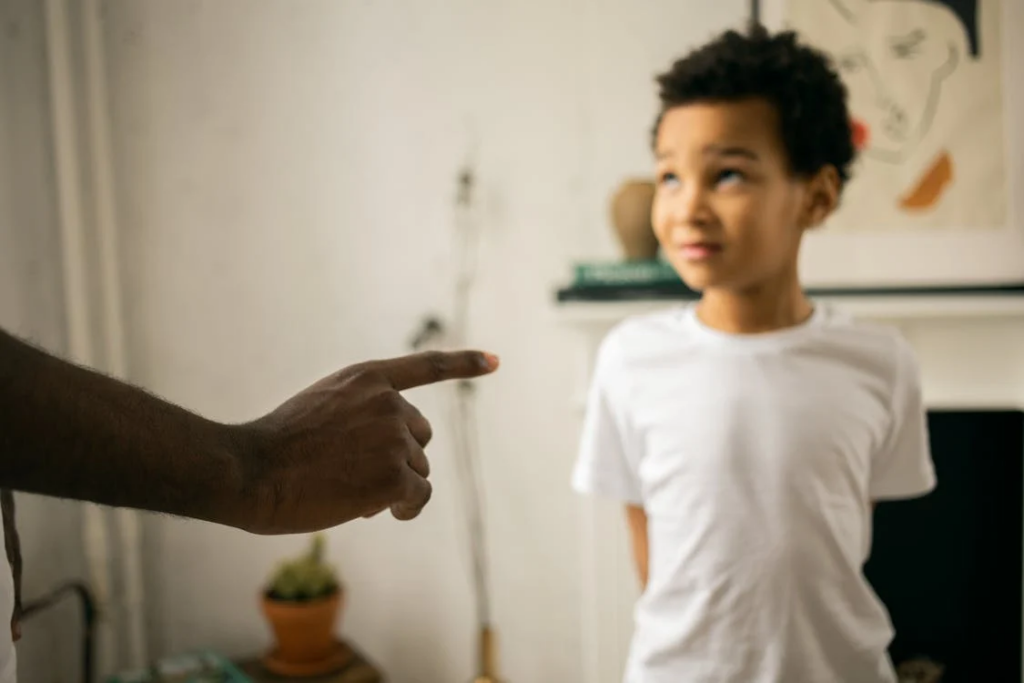"Singapore's Hungry Ghost Festival blends ancient traditions with modern life, honoring Southeast Asian roots in a vibrant, multicultural city."

Singapore, a vibrant multicultural city, is known for its rich blend of traditions and cultures. Every year, the capital comes alive with celebrations that honour its Southeast Asian roots, and one of the most intriguing events is the Hungry Ghost Festival or Zhong Yuan Jie.
In this article, we’ll delve into the origins of the Hungry Ghost Festival, uncover the taboos that come with it, and explore the distinctive ways it is celebrated. We’ll trace the festival’s historical roots and examine the customs and practices that mark this unique cultural event, giving you a comprehensive look at why it holds such significance.
Origins of the Hungry Ghost Festival

The Hungry Ghost Festival, celebrated annually, has deep roots in Chinese Buddhism, Taoism, and folk religion. This event symbolises the plight of spirits who, once living people, are driven by intense emotional needs. The origins of the modern Ghost Festival trace back to ancient India, specifically from the Mahayana Buddhist tradition.
Central to its origin is the Yulanpen Sutra, also known as the Ullambana Sutra. Mahāyāna Buddhism represents a broad array of Buddhist practices and philosophies developed in ancient India. The sutra recounts the story of Maudgalyayana, a devoted disciple who sought to repay his deceased mother for her earthly kindness. During his visit to the afterlife, he attempted to offer her a bowl of rice. However, the food turned to ash as soon as it touched her lips, transforming into burning coal.
Desperate to help, Maudgalyayana turned to the Buddha for assistance. The Buddha explained that to aid deceased parents and ancestors, one should offer food to the monastic community during Pravarana—the end of the monsoon season, on the 15th day of the seventh month. This practice involves transferring the merits gained from these offerings to the deceased. Through this ritual, Maudgalyayana learned how to effectively offer prayers and food to his mother and the other hungry ghosts, marking the beginning of the Hungry Ghost Festival traditions observed today.
Things to Avoid During the Hungry Ghost Festival

During the Hungry Ghost Festival, there are several taboos that locals observe to steer clear of bad luck and maintain harmony. Here are some key practices to avoid:
First, it’s advised not to open an umbrella indoors. The belief is that doing so might invite spirits to take shelter underneath, leading them to linger in your home long after. Similarly, moving into a new house during this period is considered ill-fated, as it might attract unwanted spirits and disturb the peace of your new residence.
Getting married during the Hungry Ghost Festival is also discouraged. Celebrating a joyous occasion like a wedding can be seen as disrespectful to the spirits, and some believe that marriages held during this time may not last. Water-related activities, such as swimming or boating, are best avoided as well. It’s thought that water spirits become more active during the festival, posing potential dangers to those engaging in these activities.
Another precaution is to avoid hanging laundry out to dry overnight. Damp clothing might attract wandering spirits, who could try on your clothes and follow you home. Keeping noise levels down is also important—whistling or making loud noises at night is said to attract spirits, so it’s best to be quiet after dark.
Finally, killing moths or other insects is frowned upon. In Chinese belief, spirits can reincarnate as insects, especially moths. Instead of harming them, gently nudging them outside is a more respectful approach. By following these guidelines, you can help ensure a peaceful and respectful Hungry Ghost Festival
Celebrate Hungry Ghost Festival in Singapore

In Singapore, the Hungry Ghost Festival is a time when Chinese beliefs hold that ghosts and spirits, including deceased ancestors, come back to roam the earth. Throughout this ghost month, particularly on the 1st, 15th, and final day of the seventh lunar month, these spirits wander around searching for food, entertainment, or even to visit the living.
To honour these spirits and satisfy their needs, people make various offerings. Special metal cages set up outside housing estates and temples are used to burn items like paper money, incense, and elaborate paper effigies. These effigies represent material goods such as houses, cars, phones, and clothing, which the departed can use in the afterlife. You can find these offerings at HDB markets and shops in places like Tiong Bahru and Chinatown.
During the festival, food is often left on sidewalks or at temples to appease wandering spirits and to honour deceased family members. This gesture is believed to bring good luck and blessings to the living.
Another highlight of the festival is the ‘getai’ performances. Traditionally, getai referred to stages for Chinese opera and puppet shows, but now they feature a mix of performances. While traditional Chinese operas and songs in dialects like Hokkien are still popular, modern getai performances have embraced contemporary pop songs in Chinese and even Korean, reflecting the festival’s blend of tradition and modernity.
For more insights into festivals and traditions, check out Explore the Significance of Chinese New Year Symbols and Why Are Traditional Festivals Still Important to Us?







































